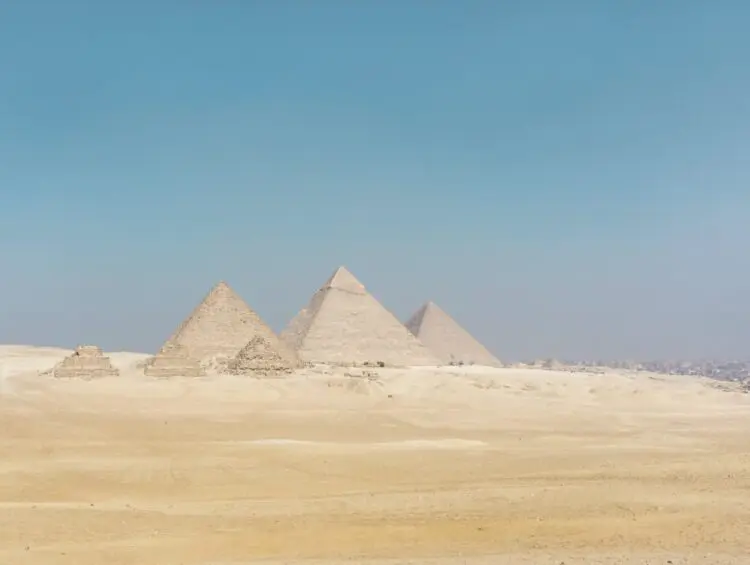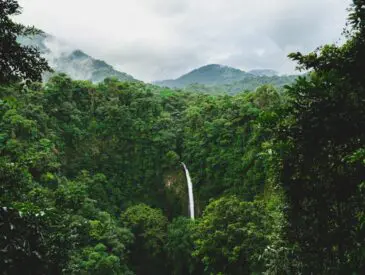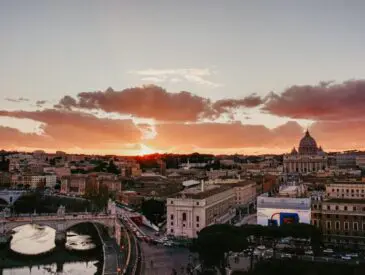When you think about Egypt, what do you see in your mind’s eye? If you are like me, you will likely see stories like that of Moses and the different plagues and other stories. At the same time, you will think about mummies, gold, Sphinx, and pyramids.
We marvel at the various technological innovations and the spirit of humankind to undertake massive efforts. This is even more compelling in times when people did not have as much technology and machines as we have today. We wonder at the many different types of people, the work they had to do, and the hours they put in to bring about amazing monuments.
Of course, when we think about Egypt, we will also think about the Nile River, people like Anwar Saddat, and other leaders.
Let us find out more about these people and the great land of Egypt.
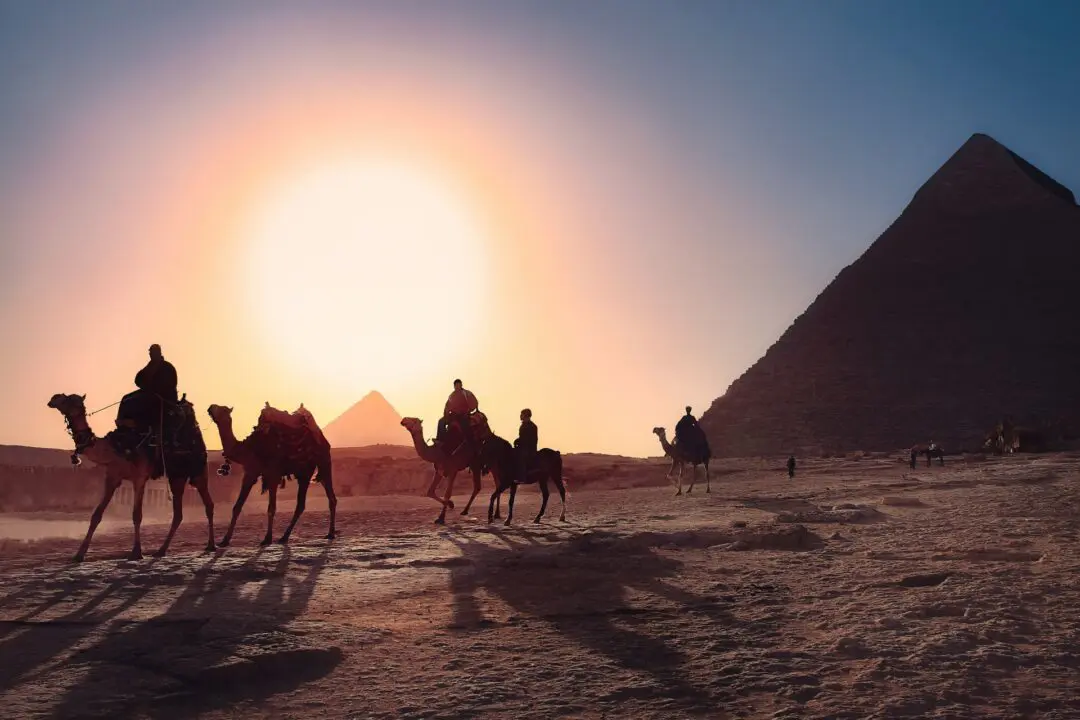
Egyptians Created Quite a Bit
The ancient Egyptians have not only built massive monuments for their pharaohs, but they’ve also worked tirelessly to make underground mausoleums. Among many other mausoleums built by the Egyptians, one of the most famous is The valley of kings, situated on the Nile’s west bank near Luxor. From 1539 B.C. to 1075 B.C., the period is regarded as Egypt’s New Kingdom. During this period, the valley of Kings became a prominent place for the burying of Pharaohs. The most common Pharaohs include Ramses II, Seti I, and many queens and priests.
The tombs provide evidence of the afterlife in the next world. In the next world, humans will continue their life, and one of the pharaohs will be their Gods. In addition to this, the act of mummification was also expected to preserve the body. Moreover, the underground tombs built by pharaohs had fulfilled supplies of goods.
The Egyptians believed that their Gods would need these supplies in the next world. The supplies included treasure, furniture, and jewelry. The tombs had a sufficient supply of food, drinks, and sacred objects.
A Chain of Mysteries
Although the tombs have been invaded by robbers, hunters, and archaeologists every time, it beholds a surprise. Many people thought that the 62 tombs discovered before 1922 were in the valley, but Howard Carter found a resting place of a boy king named Tutankhamun. The tomb was 50 feet from the discovered place.
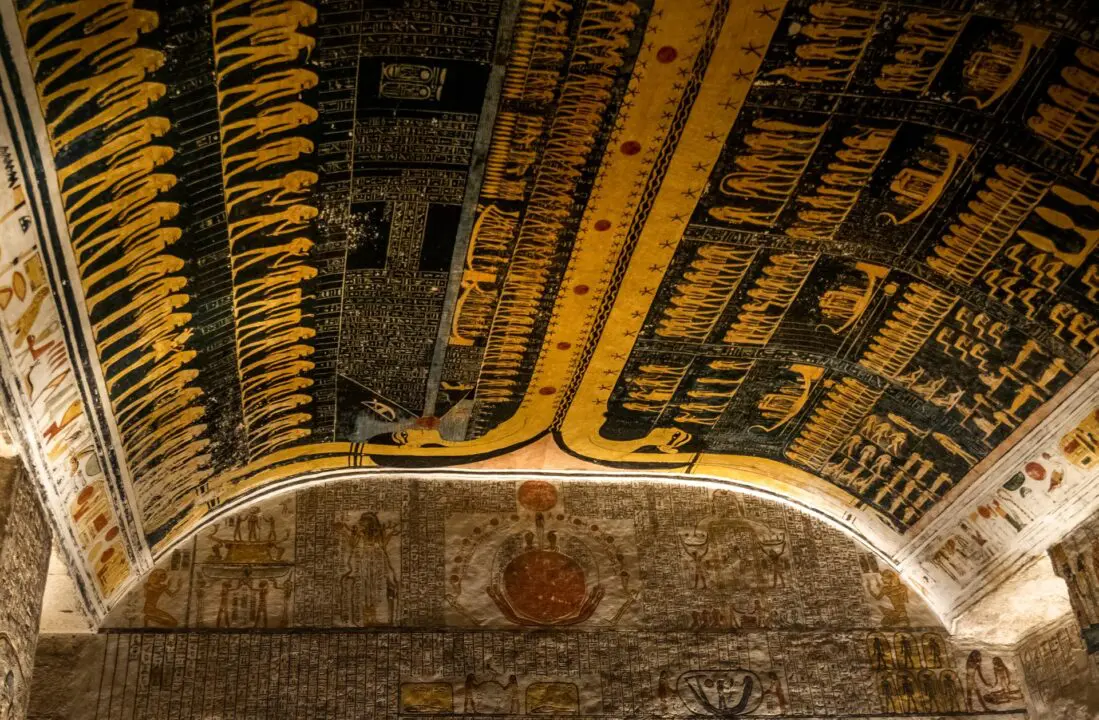
The site was known as K.V. 63 had no mummies buried, but it had items like pottery, linens, flowers, and other materials. Many people also believe that another associated tomb with this K.V. 63 site is not discovered yet. Archaeologists believe that the tomb is most likely Ramses VIII’s tomb. This is because clues to the discovery of this tomb are found in Egyptian writings. The Egyptian writings have mentioned the presence of such a tomb in the valley but are not discovered yet.
Most of the tombs and entrances are well hidden, but still, most of the tombs have been robbed by the robbers and the treasure hunters. The robbers and treasure hunters started to rob the tombs before the 20th dynasty; however, Egyptians later handed down harsh punishments.

